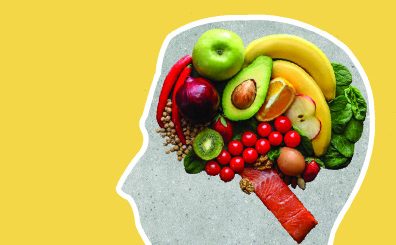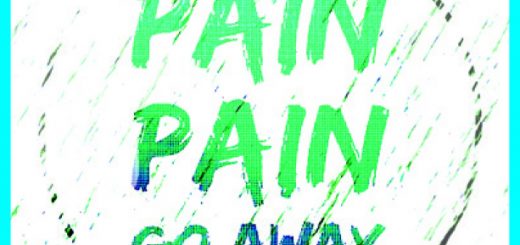Incredible Innovations
Science has been misused and technologies have been manipulated. It is true but there are people who are right out there to fight back. Many of them lack resources but their strength lies in imagination and creativity. With that extraordinarily powerful weapon they have never failed to come up with something amazing that helped people, poor and rich alike, and they always tried to contribute something to make the world better.
From the start, 2015 was ripe for world-changing innovation. In early January, we saw Bill Gates drink clean water converted from sewer sludge and human waste by a special processor. In February, social workers and computer scientists came up with an algorithm to prevent the spread of HIV among homeless youth. In March, a research labcreated a microchip that could actually help bridge the digital divide in developing countries.
And the revolutionary ideas and inventions tackling the world’s most pressing problems kept coming throughout the year. These are some of our favorite innovations that truly made a difference in 2015.
1.
The machine that
converts poop into clean drinking water
Approximately 2.4 billion people around the world didn’t have access to basic, safe sanitation in 2015, while more than 660 million people used unimproved drinking water sources.
The Gates Foundation talked to engineers to figure out how we could use technology to tackle these issues. Peter Janicki, CEO of Janicki Bioenergy, developed a machine (shown in the video above) that converts sewer sludge into clean drinking water, electricity and pathogen-free ash in a matter of minutes.
The processor can help developing countries both by providing clean water and energy, as well as employing entrepreneurs to run it in the regions where it’s needed most.
2.
The algorithm that
can prevent HIV among homeless youth
Homelessness affects about 2 million people between the ages of 13 and 24 every year in the United States — 11% of whom are HIV-positive. But researchers at the University of Southern California’s Schools of Social Work and Engineering developed a new algorithm called PSINET, which uses artificial intelligence to identify the best person in a specific homeless community to spread important information about HIV prevention among youth.
Computer scientists mapped the friendships of homeless teens at a local homeless agency in Los Angeles. The algorithm looks at this network of friendships, and runs through thousands of possibilities for the person with the greatest reach at a certain point in time. That “peer leader” can then learn about basic information, like where to get tested for HIV, and in turn provide researchers with more information about the homeless community.
According to the researchers, PSINET spread 60% more information to communities than typical word-of-mouth campaigns.










Recent Comments